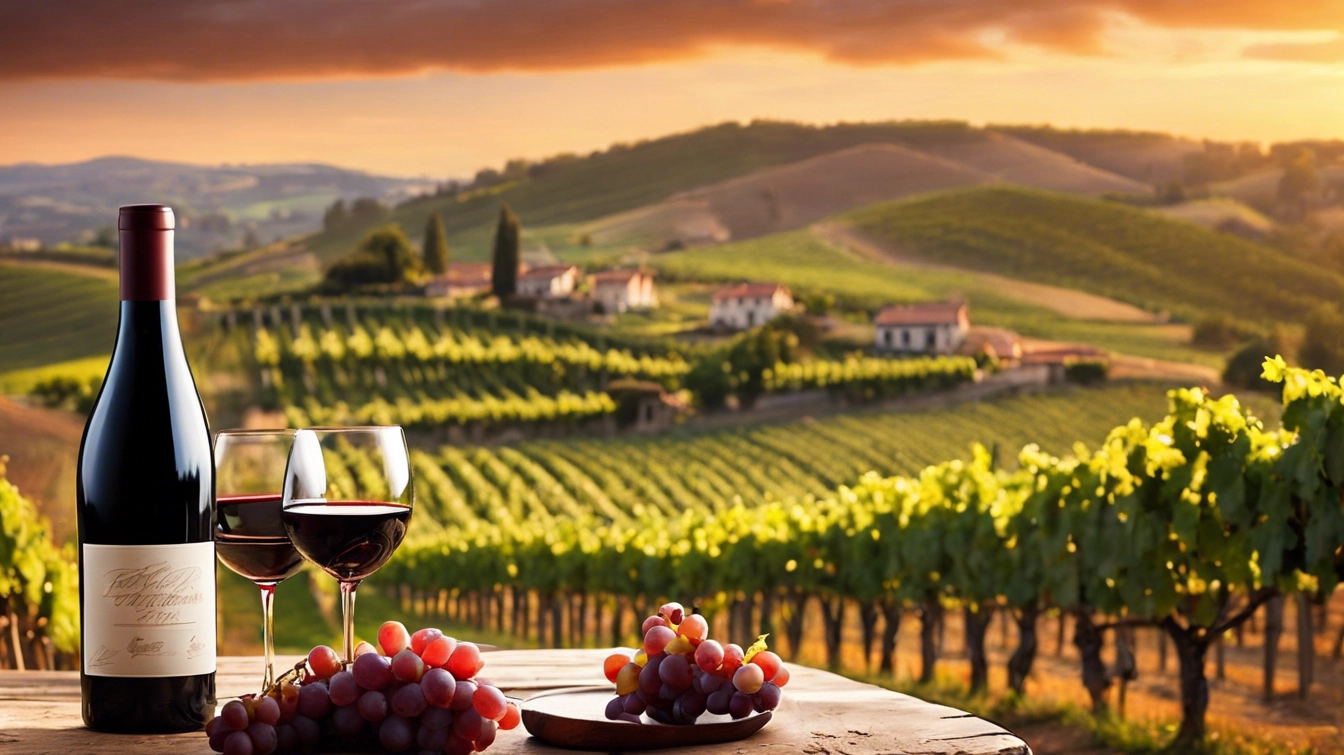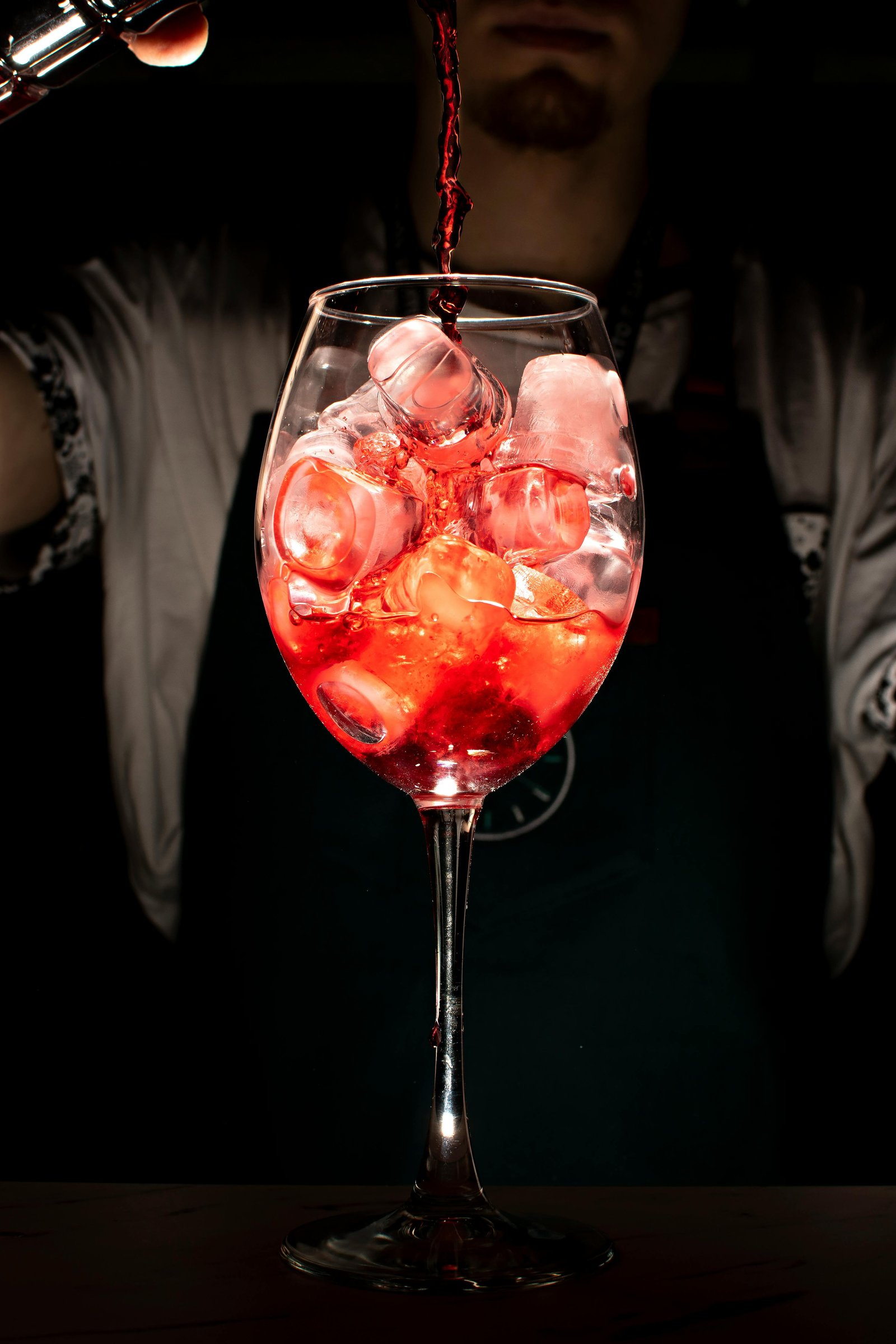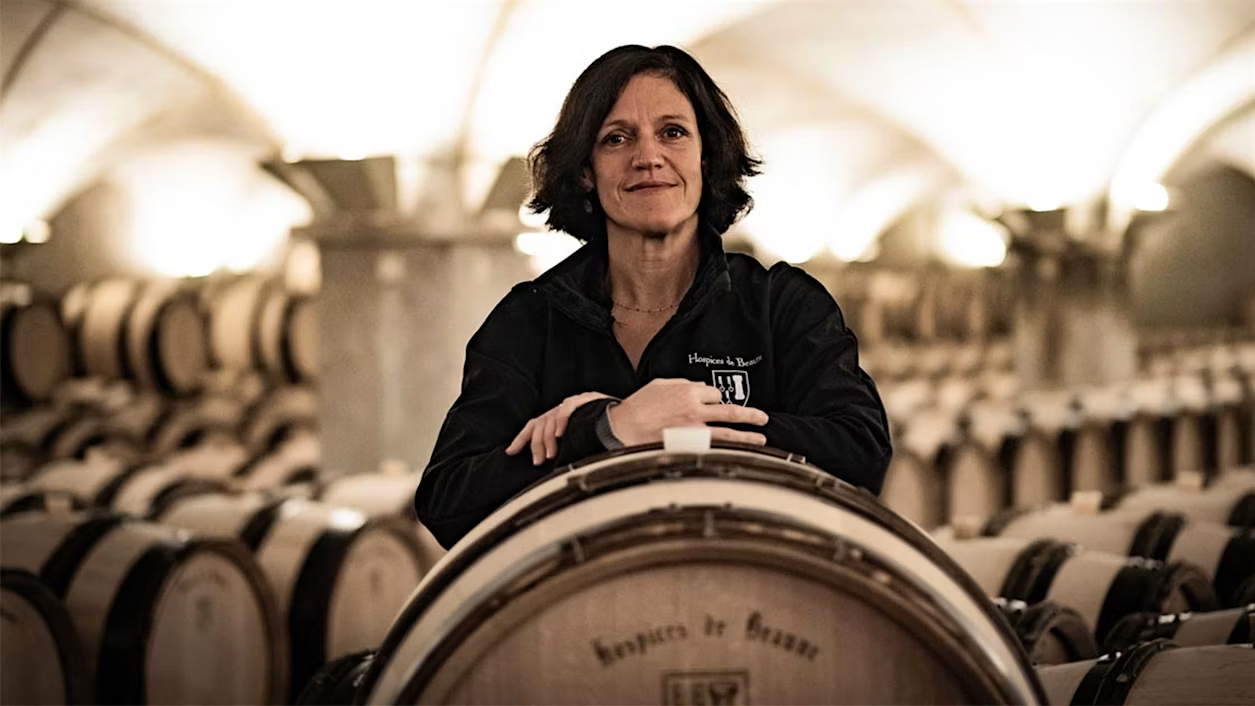Red wine is characterized by its deep, rich colors, and each variety brings a unique flavor profile, aroma, and texture. The most notable types of red wine include Cabernet Sauvignon, Merlot, Pinot Noir, and Syrah, each of which caters to different palates and occasions.
Cabernet Sauvignon is often described as bold and full-bodied. Known for its dark fruit flavors, such as blackcurrant and blackberry, this wine usually has a high tannin content, providing a structure that allows for aging. It pairs excellently with grilled meats, hearty stews, and aged cheeses, making it a popular choice for festive gatherings.
Merlot offers a softer alternative, with its medium body and smooth texture appealing to many wine enthusiasts. The flavor profile of Merlot includes plum, cherry, and chocolate notes, delivering a fruit-forward experience. It is versatile in food pairings, complementing everything from pasta dishes to roasted poultry, thus suitable for casual dinners and larger social events alike.
Another prominent variety is Pinot Noir, which is celebrated for its elegance and complexity. This light to medium-bodied wine exhibits flavors of red fruits like cherry and raspberry, complemented by earthy undertones. Due to its lower tannin levels, Pinot Noir is a great match for delicate dishes such as salmon, chicken, and vegetarian fare, making it ideal for wine tastings or romantic dinners.
Lastly, Syrah, known as Shiraz in Australia, boasts bold, spicy notes alongside dark fruit flavors. It often features flavors such as black pepper and licorice, delivering a robust experience perfect for barbeques or rich, flavorful dishes. Understanding these varieties allows individuals to appreciate the nuances of red wine and select the right option for any gathering.
Matching Wine with Food
Pairing red wine with food is an art that enhances not only the meal itself but also the overall dining experience. The fundamental principle of wine and food pairing is to strike a balance between the flavor profiles of both. Rich, robust dishes typically go well with full-bodied red wines, while lighter fare can be complemented by more delicate varietals. When considering red meats, for instance, wines like Cabernet Sauvignon or Malbec are popular choices. These varieties possess the structure and tannins that can stand up to the richness of grilled steak or lamb, providing a harmonious contrast that elevates the tasting experience.
Equally important is the choice of wine for pasta dishes, which varies depending on the sauce used. Tomato-based sauces often welcome a medium-bodied red, such as Chianti, which complements the acidity of the tomatoes. Alternatively, cream-based sauces may pair better with Pinot Noir, as its subtle earthiness and lower tannin levels harmonize without overwhelming the dish. The versatility of red wine allows it to adapt to various ingredients and styles, making it a cornerstone of culinary pairing.
Vegetarian options may also benefit from thoughtful wine pairing. For instance, dishes featuring mushrooms or roasted vegetables can match beautifully with a subtly complex wine such as a Grenache or a Syrah, both of which offer rich flavors without overpowering the dish. Additionally, the concept of regional pairings can guide choices effectively; selecting a red wine from the same region as the cuisine often results in a natural compatibility. For example, a regional Italian Sangiovese can enhance a traditional Tuscan meal. Understanding these principles allows diners to create a balanced and inviting dining experience, enriching each meal with the perfect wine accompaniment.
Choosing Wine for Different Occasions
Selecting the perfect red wine involves understanding the nature of the occasion and the preferences of your guests. A casual gathering with friends often calls for approachable and easy-drinking wines. For such events, consider lighter-bodied reds like Pinot Noir or Beaujolais. These varieties are versatile and can complement a range of casual appetizers, from cheese platters to grilled meats. The key is to create a relaxed atmosphere, so serving the wine slightly chilled can enhance the experience.
When it comes to formal dinners, the choice of red wine becomes more crucial. Opt for full-bodied wines like Cabernet Sauvignon or Syrah, which offer complexity and depth that can elevate the dining experience. These wines pair excellently with hearty dishes such as steak or lamb. Presentation matters in formal settings, so consider investing in a decanter to aerate the wine before serving. This not only improves the flavors but also adds a touch of elegance to your table setting.
Celebrations, such as birthdays or anniversaries, call for a wine that reflects the festive spirit. A bold Zinfandel or a rich Malbec can create a lively atmosphere when paired with a variety of foods commonly enjoyed during celebrations. Additionally, incorporating personalized touches, like custom wine labels, can make the event feel even more special. Remember to ensure an optimal serving temperature, as this can greatly enhance the enjoyment of fuller-bodied wines.
Seasonal events may also influence your wine selection. For autumn gatherings, a fruity red blend can align beautifully with seasonal favorites like pumpkin and spice. Conversely, during the spring and summer months, opt for a more refreshing choice such as a lighter Grenache or Charolais. By aligning your red wine choices with the specific occasion, you can confidently delight your guests and enhance the overall experience.
Storing and Serving Red Wine
Properly storing and serving red wine is crucial to ensuring its quality and enhancing the overall tasting experience. The optimal temperature for storing red wine typically ranges between 45°F to 65°F (7°C to 18°C), although many experts recommend serving red wines at slightly warmer temperatures, between 55°F to 65°F (13°C to 18°C). This allows the wine to breathe and the bouquet to fully express itself.
Decanting red wine is another important practice that can significantly elevate the tasting experience. For young wines, decanting serves to aerate the wine, promoting a more pronounced aroma and flavor. Older wines, on the other hand, may contain sediment; hence, decanting can help separate the sediment from the liquid, thereby enhancing clarity and taste. It is advisable to decant red wines about 30 minutes to an hour before serving, depending on the wine’s age and complexity.
The choice of glassware also plays a vital role in enjoying red wine. A large, bowl-shaped glass allows ample room for the wine to breathe and for the aromas to circulate, enhancing the sensory experience. In contrast, a narrower glass may restrict the bouquet and, therefore, affect how the wine is perceived. Importantly, ensure that the glasses are clean and free of any residual detergents, as these can adversely impact the taste and aroma of the wine.
Lastly, understanding wine labels is essential for making informed choices. Labels typically indicate the vintage, region, and variety, which can significantly influence the wine’s characteristics. For example, certain vintages are known for exceptional quality due to climatic conditions, while particular regions might offer unique flavor profiles. Familiarizing oneself with these details empowers consumers to select the perfect red wine, tailored to their specific occasion or palate.












Ever considered how the wines vintage impacts its pairing with food? Just a thought to spice up the wine selection process!
Vintage effects? Its all about personal taste. Lets not over-complicate the joy of wine.
Does the wine-food pairing really matter that much or is it overhyped?
Does anyone else feel Cabernet Sauvignon is a bit overrated for formal occasions?
Interesting read, but dont you think a wines perfectness is highly subjective and dependent on individual palates?
Does anyone else think that a cheeky Merlot can actually outshine a Cabernet Sauvignon at a BBQ? Just a random thought!
Does anyone else think Pinot Noir works better with fish than white wine?
Why does the article assume we all have a cellar? Is storing red wine in the fridge not a good idea?
Interesting read, but are we ignoring the role of personal taste preferences in wine selection? Its not all about pairing, right?
Totally agree! Taste is personal and ultimately trumps pairing rules. Lets drink what we love!
Shouldnt matching wine with food consider individual taste preference too?
Does anyone else think that a spicy Shiraz can sometimes outdo a Cabernet Sauvignon with a juicy steak? Just me? Lets discuss.
Absolutely! A spicy Shiraz can make a steak sing. Cabernet is overrated in my opinion.
Interesting read! But arent wine choices subjective? What if my perfect red wine doesnt match your suggested food pairings?
Doesnt the perfect red wine really just come down to personal preference?
Does wine temperature really affect its taste that significantly?
Interesting read. But why assume that perfect red wine exists? Isnt it subjective, based on individual tastes and preferences?
Dont you guys think that Cabernet would overpower a delicate fish dish?